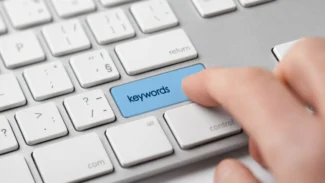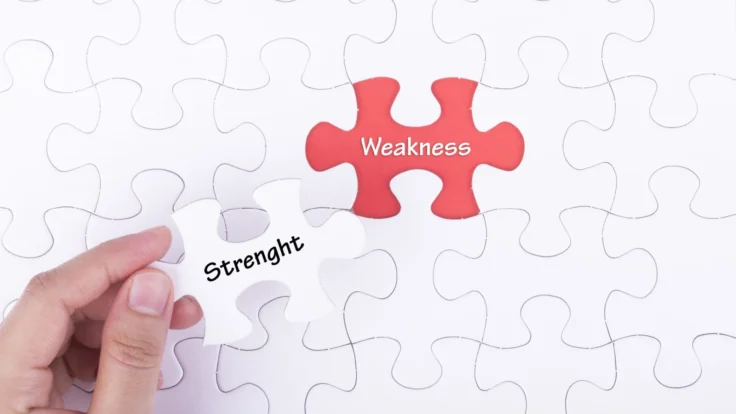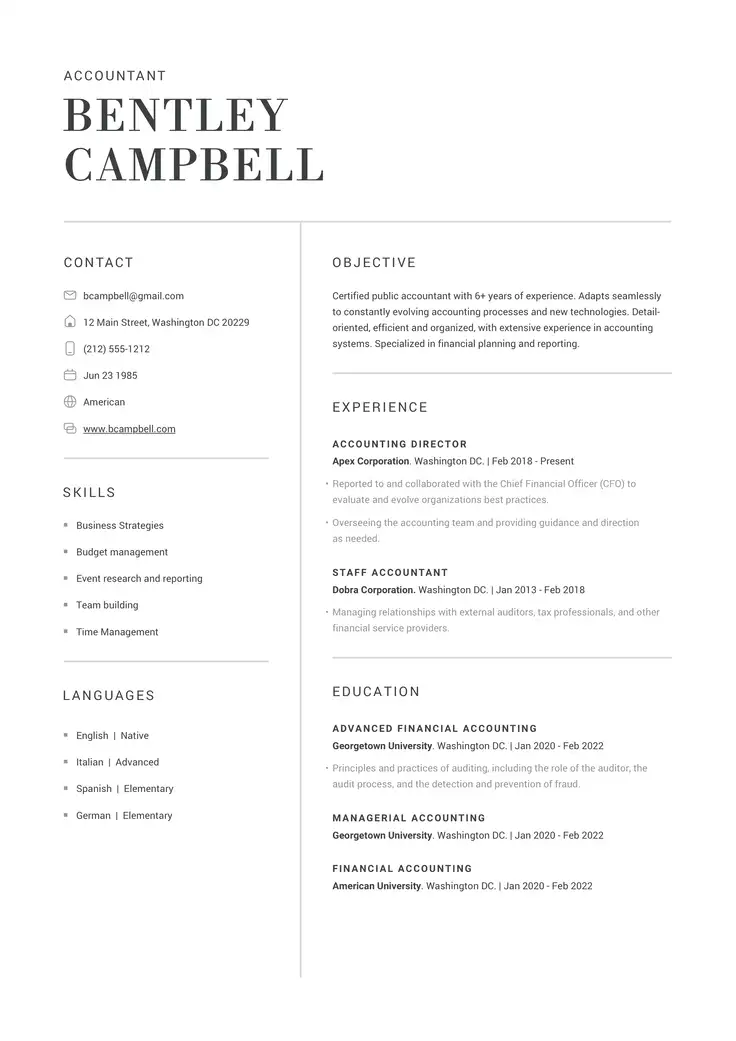Your strengths and weaknesses are a tricky topic to handle on your job application or interview. It requires a lot of self-reflection and analysis to properly explain these qualities when you’re looking for your next role. Getting the answers right takes careful balance.
To help you prepare for your next interview or application, we’re going to talk you through how to address this question and also how you can indicate some of these points when you’re building your resume. We’ll also take a look at some of the most important examples you can use if you’re asked about this subject.
Why Does the Employer Want to Know This?
You’ll often encounter a question on your strengths and weaknesses at the interview stage of a job search. Nevertheless, this is also something you may run into during the earlier steps of the application process.
Employers ask these questions for a few reasons. First of all, it’s a test to see how you respond to a challenging situation. Secondly, they want to see how you self evaluate to gauge your personality. Also, they’ll be testing the water on how truthful you are.
Constructive answers to this question can give you a big advantage in the process. As we’ll see in the following sections, getting them right isn’t as tricky as it seems.
Where Should Strengths and Weaknesses Go on A Resume?
Quite often it isn’t necessary to put any information regarding your strengths and weaknesses on a resume. This won’t need its own section or any kind of special approach.
However, strengths and weaknesses always come up implicitly on the page. This is especially the case in the work experience and skills sections where your strengths will be in full view.
Weaknesses, on the other hand, are normally only shown by the notable absence of a strength that might be required in your field. Of course, major negative points shouldn’t appear intentionally on your resume and you don’t have to worry about including them upfront. They can be discussed in detail later during the interview stage.
The Best Strengths to Include on Your Resume or in An Interview
The best strengths you should focus on in your resume are the qualities you have that make you a good fit for the role. This might be your education, special skills or perhaps your recent track record.
They don’t have to necessarily be related to the job. They can relate to your personality or character as well. For instance, if you’re good at keeping your head in a crisis. A few good examples you could include are the following:
- Leadership
- Analytical skills
- Communication
- Flexibility
- Organization
- Enthusiasm
- Trustworthiness
- Creativity
- Self-control
These are all highly sought after skills that employers will be keen to have available on their team. When writing these abilities on your resume always remember to back them up with evidence where possible. This will help you prepare for any tricky follow-up questions and will give the recruiter much more confidence that you know your stuff.
The Best Weaknesses to Identify During an Interview
It may seem counterintuitive to include weaknesses on your resume. Naturally, you would prefer to focus more attention on your strengths.
This is, of course, true, however, no one is perfect. Nevertheless, you don’t need to worry too much about addressing your weaknesses on your resume. These will come up later and they are something you should be prepared to deal with.
Employers know that no candidate is flawless and will be highly suspicious of any candidate claiming they simply have no weaknesses. What they appreciate however are applicants who are self-aware of their limitations and who show a constructive approach to working around them.
So what weaknesses should you bring up if asked? The following examples can normally be addressed in an interview without doing any damage to your chances:
- Self-criticism
- People-pleasing
- Lack of knowledge in a certain tool or software
- Introversion
- Being too detail orientated
- Spending more time than necessary on tasks
- Insecurity
- Perfectionism
The real strength of these weaknesses is that they are all able to be overcome in some way. Even if you’re not an expert in a critical program or you’re too eager to impress, this can be mitigated over time and can be brought into balance by other strengths.
Additionally, if you’re able to identify your failings in a constructive way, you could already be on the journey to overcoming them. After all, identification and awareness are the first steps to recovery.
How to Address Weaknesses in an Interview
When it comes to adding weaknesses in an interview, it’s important to be honest, without harming your chances of success. That, of course, seems easier said than done, however, there are ways of tackling these issues.
First of all, don’t raise any weaknesses that would automatically disqualify you for the role available. This naturally, will torpedo your chances of getting the job and will not give the hiring manager a great impression of your suitability.
Instead, focus more on constructive criticisms about yourself and how you go about mitigating those weaknesses. Whilst it may sound cliche, turn them into strengths where you can. What’s more important is how you address the issues rather than what issues you bring up.
However, you go about tackling your strengths and weaknesses if asked, preparation is always key. Make sure you carefully consider what you think the hiring manager will react to when you get your strengths on paper and really consider what weaknesses may work in your favor.
Writing a resume can often feel like a time-consuming process. However, ResumeCoach has the tools you need to quickly whip up a professional and well-designed resume. Take advantage of easy-to-add sections as well as expert tips and optimized templates.
Related Blog



